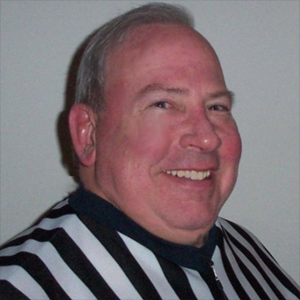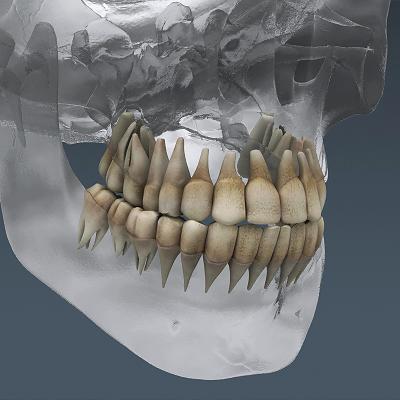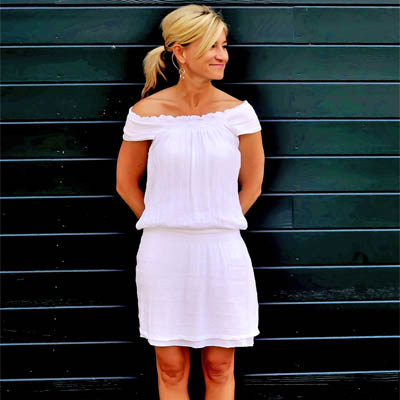
Rndballref
20 Years Experience
Chicago, IL
Male, 60
For twenty years I officiated high school, AAU and park district basketball games, retiring recently. For a few officiating is the focus of their occupation, while for most working as an umpire or basketball referee is an avocation. I started ref'ing to earn beer money during college, but it became a great way to stay connected to the best sports game in the universe. As a spinoff, I wrote a sports-thriller novel loosely based on my referee experiences titled, Advantage Disadvantage
There are some sports where it is difficult to officiate if you have not played (wrestling, diving, gymnastics). In my view basketball is not one of them, although people with playing experience often excel. Every state is different, but here's how it goes in Illinois: you apply to the state to get certified. In the application you attest to your non-criminal background, and you list 3 references, one of whom should be associated with high school basketball. You send in your application and $40 and they will send reference cards (probably emails by now) to your three people. Once they respond in a satisfactory way, then you are sent the rule, case study and mechanics books and the questions for an open book exam. In Illinois you also have to attend an annual rules meeting (now online). If you want to work the state tournament you must attend a certified camp at least every three years. I wish I would have attended camps early in my career - they are humbling and usually stress judgement and proper mechanics but you learn so much. Having done all of this you will be "patched", that is you've passed the state requirements and they send you the state's patch to sew on your uniform. This is half the battle. Now you must get booked for assignments, usually starting out doing freshman games. In most states, it is worth it to join a local official's association. Not only will you get valuable training at the meetings from the veterans, usually each association also has assignment chairpersons who come to the meetings and are members. They often give favorable treatment to members of their associations in terms of game assignments. Some of these associations offer mentoring programs where experienced officials will watch you work games and offer critical feedback. In the summer camps you will also get great feedback from the refs running the camp. Sometimes they will shadow you on the floor, helping you with positioning, angles, and mechanics. It all sounds like a lot, but if you love the game like I do, officiating is a wonderful way of staying connected long after your playing days are over - and they will even pay you for it!
No. There is no provision for a non-participating official to over rule a referee. If I was watching a couple officials work a game I would not get involved during live play unless the game was devolving into mayhem. Normally, I would go to the official's lockerroom at halftime and discuss what they saw, what the rule interpertation should be, and how to administer it, but not during the game unless it was totally out of control. Except in unusual situations, there is no provision for one referee on the floor to over rule the other. My preference always is that if one of my partners believe I blew a call I want him to approach me and tell me what he saw, and let me decide to change my call. I used to cover this style in my pre-game conference with the other refs before the game.
First, the rule. Your position on the court is based on where you stood (or touched last). So after a rebound a player establishes himself out of bounds (one foot or two), and then lifts a foot through an imaginary plane along the baseline, he is not inbounds until his foot hits the floor inbounds - no violation for breaking the plane by the player throwing in the ball. Secondly, there is the dominent philosophy of basket officating called, "Advantage Disadvantage" which holds that you should only stop the game if an opposing player caused a change in A/D. So, you pass on uncontested palming in the backcourt for example.
I believe the technical sit down rules are conceived and enforced by state asociation. In Illinois a direct t sits down the coach.
Oral and Maxillofacial Surgeon
 How often do people wake up during surgery?
How often do people wake up during surgery?
Private Detective
Professional Reseller
 What was your most valuable find in a thrift store?
What was your most valuable find in a thrift store?
The National Federation of High Schools revises the rules annually. The last most significant rule change (in my opinion) was implemented a couple years ago. Before the change, when a player with the ball committed a foul it was an offensive foul. Likewise, before the change, if a player on the offensive team WITHOUT the ball committed a foul it was considered a common foul and if the other team was in the bonus free throws were attempted. When they changed the rule they added a foul type (offensive team foul) and it is penalized like a player control foul - no free throws. Most changes to the rule book are "points of emphasis" or mechanic changes. It seems rough post play and hand-checking are annual points of emphasis. An example of a mechanics change was made several years ago so that the referee reporting a foul now normally stays table-side (near the coaches to explain a call if necessary) while the other officials rotate away. It used to be that in Illinois for example, when you paid your annual state registration dues you received three books: rules, case studies, and mechanics. To cut costs, most officials in Illinois now receive the books every other year. You can go to nfhs.org and see the changes legislated by sport prior to each season.
By definition, you cannot travel if you have not established possession. If you are tapping or bobbling the ball it is a referee judgement call if you have possession.
Assuming no body contact, the foul.no foul call would be because of illegal use of hands. That includes the follow through on a shot. One caveat is that if an offensive player has her hand on the ball it is not a foul for the defender to contact that hand (not the arm or wrist).
I am not sure I have answered your question, maybe you can spell out more specifically what kind of action you are concerned about?
-OR-
 Login with Facebook
Login with Facebook (max 20 characters - letters, numbers, and underscores only. Note that your username is private, and you have the option to choose an alias when asking questions or hosting a Q&A.)
(A valid e-mail address is required. Your e-mail will not be shared with anyone.)
(min 5 characters)
By checking this box, you acknowledge that you have read and agree to Jobstr.com’s Terms and Privacy Policy.
-OR-
 Register with Facebook
Register with Facebook(Don't worry: you'll be able to choose an alias when asking questions or hosting a Q&A.)